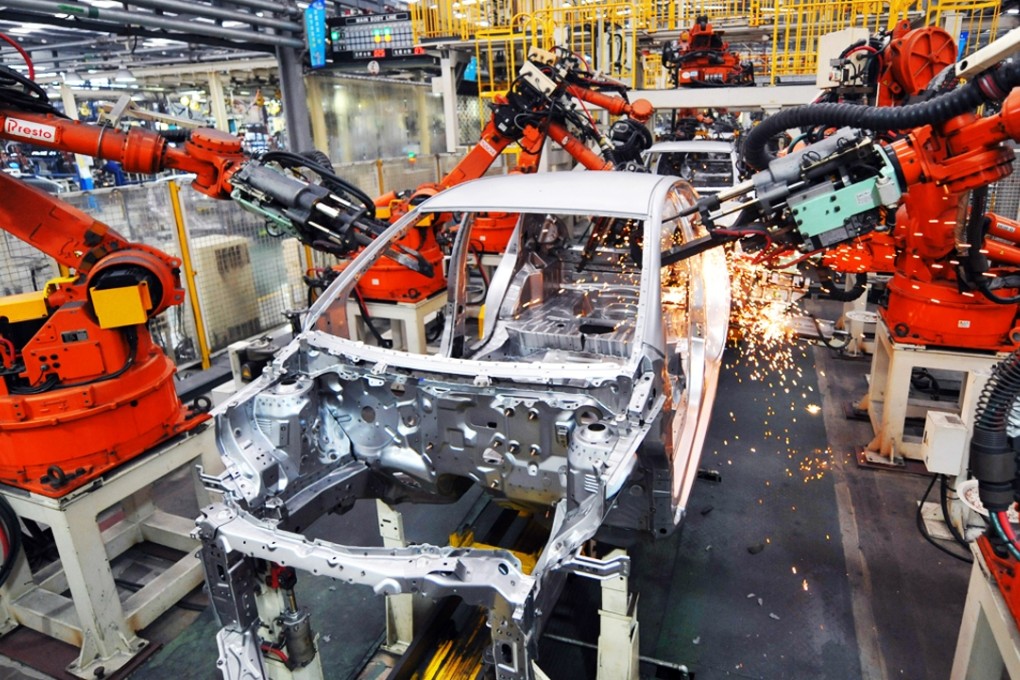Baby steps for robot makers: China won’t play key role in next-generation industrial bots as tech gap with foreign firms widens, experts say

China has scant chance of leading the development of next-generation industrial robots as the gap in technological innovation between Chinese makers and their overseas peers is widening, according to industry experts.
China has been the world’s biggest market for industrial robots since 2013, but none of the 500 or so domestic manufacturers has any distinct competitive advantage when it comes to their core technology, Chinanews.com reported Luo Jun as saying.
WATCH: See how an industrial robot is made
Luo is CEO of the International Robotics and Intelligent Equipment Industry Alliance, a government think tank that serves the robotics industry.
Luo said most robot makers and local governments in China have proven to be short-sighted by focusing on investing in existing technology, or simply by setting up industrial parks to attract foreign manufacturers.
READ MORE: ‘The manufacturing boom in Guangdong is over’: Industrial robot makers the latest to get swallowed up by China’s economic slowdown
Few if any have moved to develop original core research to position themselves at the forefront of the next generation of robots, he added.